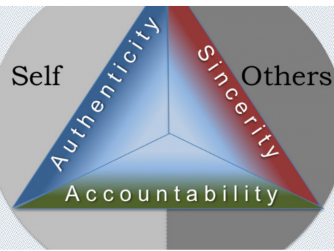In this era of “I didn’t see that coming”, any business can be suddenly hit with a challenge that threatens its very survival. Crises and challenges are part of life and part of business, whether local, global, internal or external. Does your crisis management planning include a method for dealing with such an unexpected event? If not, this article will help you be better prepared.
I’ve honed a reliable framework that can help any sized business successfully navigate times of crisis. I managed businesses through the abrupt economic downturn of 2001-2002 and the Great Financial Crisis of 2008, and now I am serving as a consultant for businesses struggling through the COVID-19 crisis. I refer to the framework I developed by the acronym “S.O.P.E.”
- S stands for Situation – assessing where you are and how you got there.
- O for Objective – Where do you want your business to be?
- P represents Plans of action – What it going to take to get to that better place?
- E is for Execution – the doing, the measuring, the reporting – How we know if we got it right?
Step 1: Assess the Situation. In rescue operations, the single most important question is: “Where are you?” A crisis by its very nature does not provide much time to linger over an assessment. But a hurried, false reading on what has just happened and where your business is now can be ruinous. Gauge the time available to you and use it to garner the perspectives of trusted observers, team members, allies and experts. Don’t exclusively rely on your own opinion.
A calm and thorough assessment of the Situation immediately leads to setting the right Objective — sometimes more than one. Sort the objectives by their immediacy. Which one leads directly to the next? This ordered sequence becomes the Action Plan that follows. What needs to be done, by whom and by when? Staff can then be given clear assignments that contribute to a return to normalcy. Clearly assigned actions dispel anxiety and confusion across the organization.
Execution is the final step. It means accomplishing all the actions you identified as necessary. Be crystal clear about the timelines when team members will report back on the actions taken. Create benchmarks for how you will measure your organization’s progress toward the objectives. If executed actions are not moving you toward the objective as planned, revert to Step 1 again and re-assess the situation.
The S.O.P.E. method is applicable to any crisis, catastrophe, challenge or issue faced by any size organization. It is a reliable strategy that can be employed to generate the results you intend. With its regular practice, it can also become the means to build a culture in which crisis management methods are already well ingrained and at the ready for when the unexpected threatens your continuity. And if there is one thing we have all now come to expect, it is the unexpected.







